Make A Donation
Help protect the refuge wildlife and their habitats by making a contribution to the Back Bay NWR Society. Support our advocacy, outreach, and education for the betterment of the Refuge.
MISSION
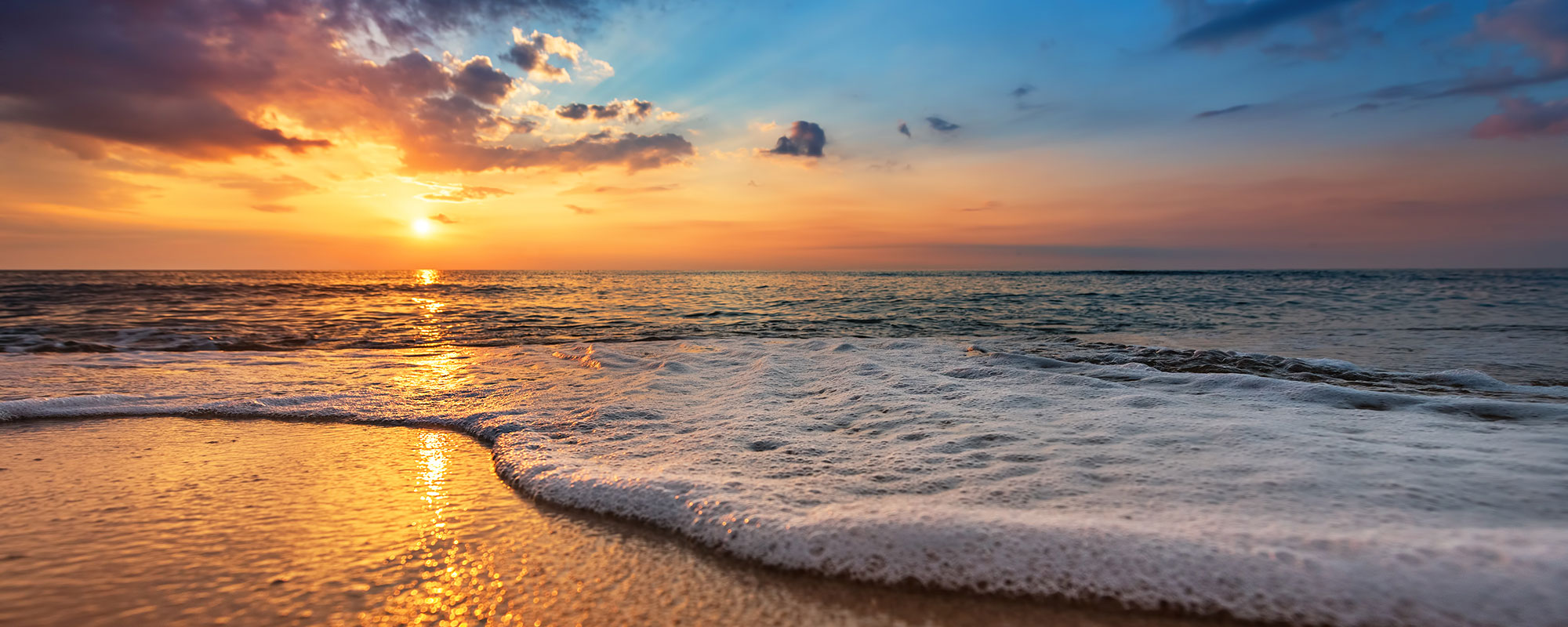
Back Bay National Wildlife Refuge Society is the primary partner and Friends group of the the Back Bay National Wildlife Refuge.
Learn MoreVOLUNTEER
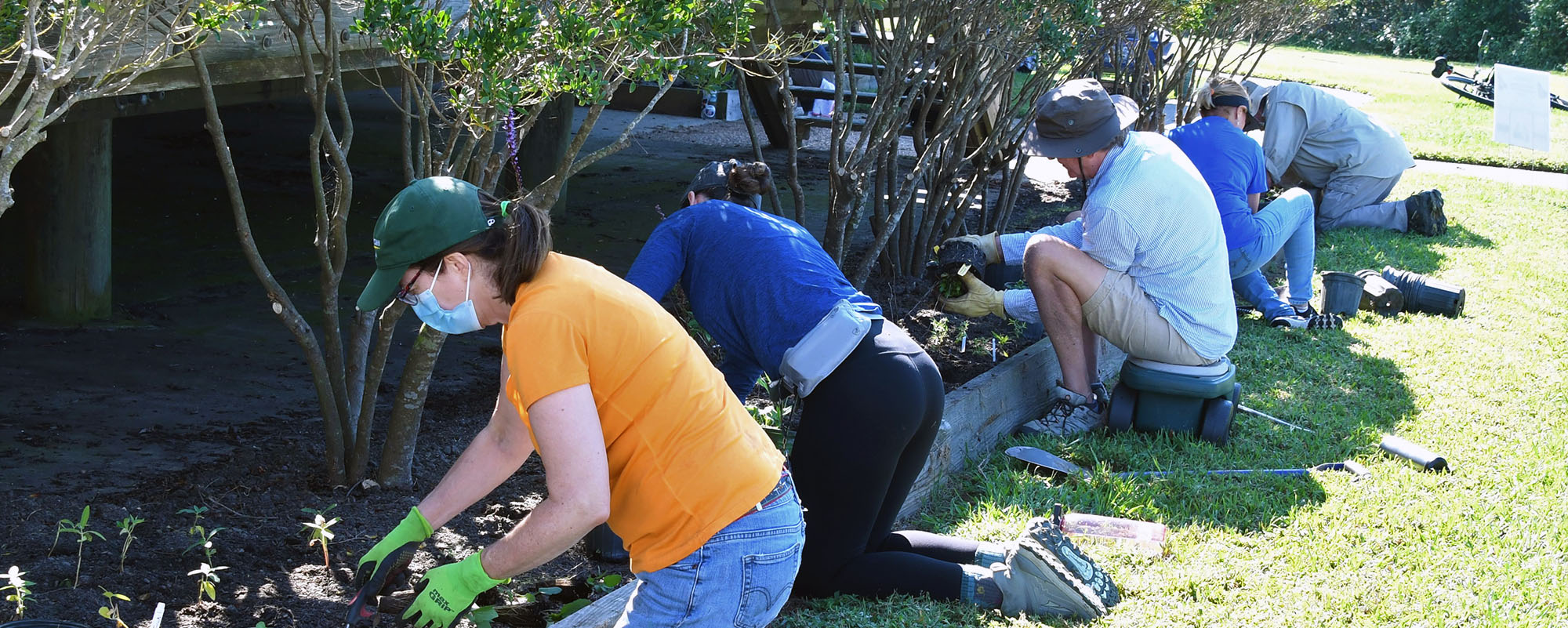
Gain new experiences and meet new people while helping to advance wildlife conservation. Preserve and protect habitat and wildlife.
Learn MoreMEMBERSHIP
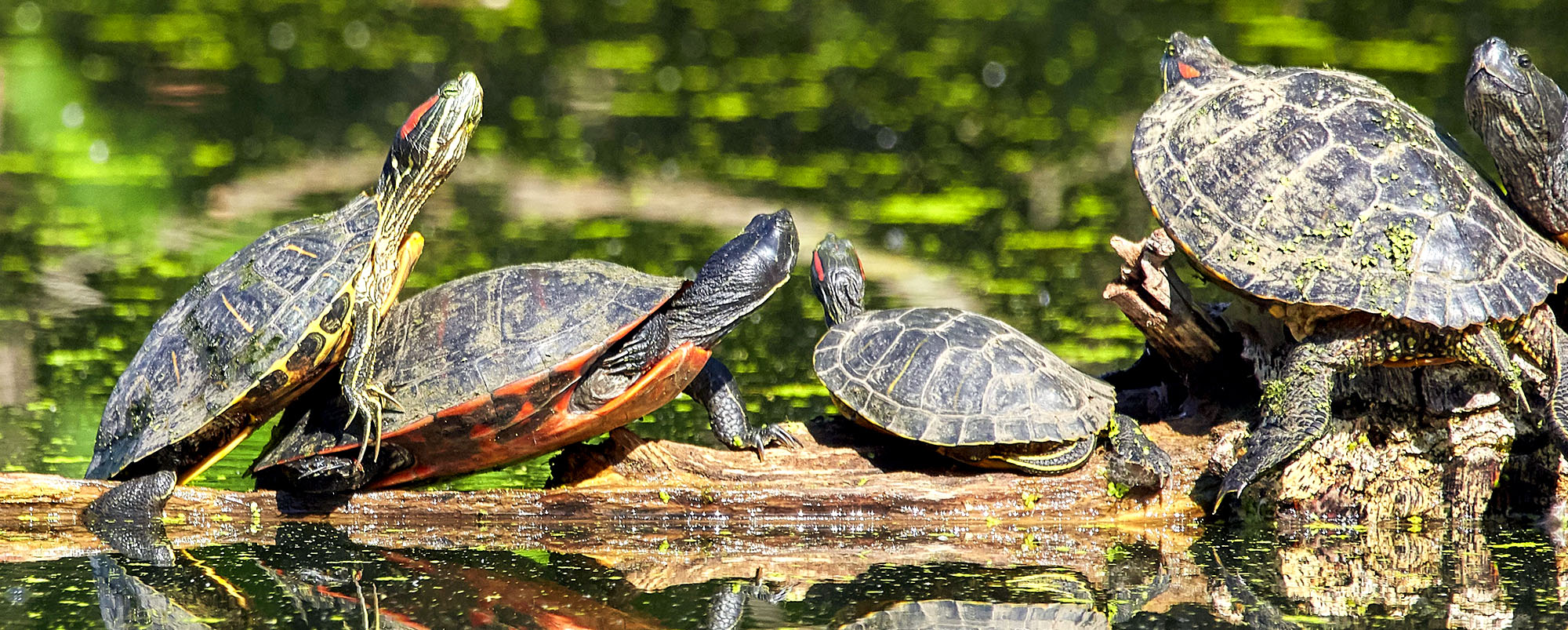
There are no dues required for Society membership. The Society depends on donations to fund programs and projects.
Learn MoreBike ride in the refuge
Great turnout for the “Bike ride at the Refuge” event. Eighty-five bike riders came out on April 6, 2025, to enjoy the day. This was the seasonal reopening of the trails to False Cape State Park. A special thank you to Sandbridge Surf and Adventure Company for providing free rental bicycles.
Hope to see you all at our next event!






Projects
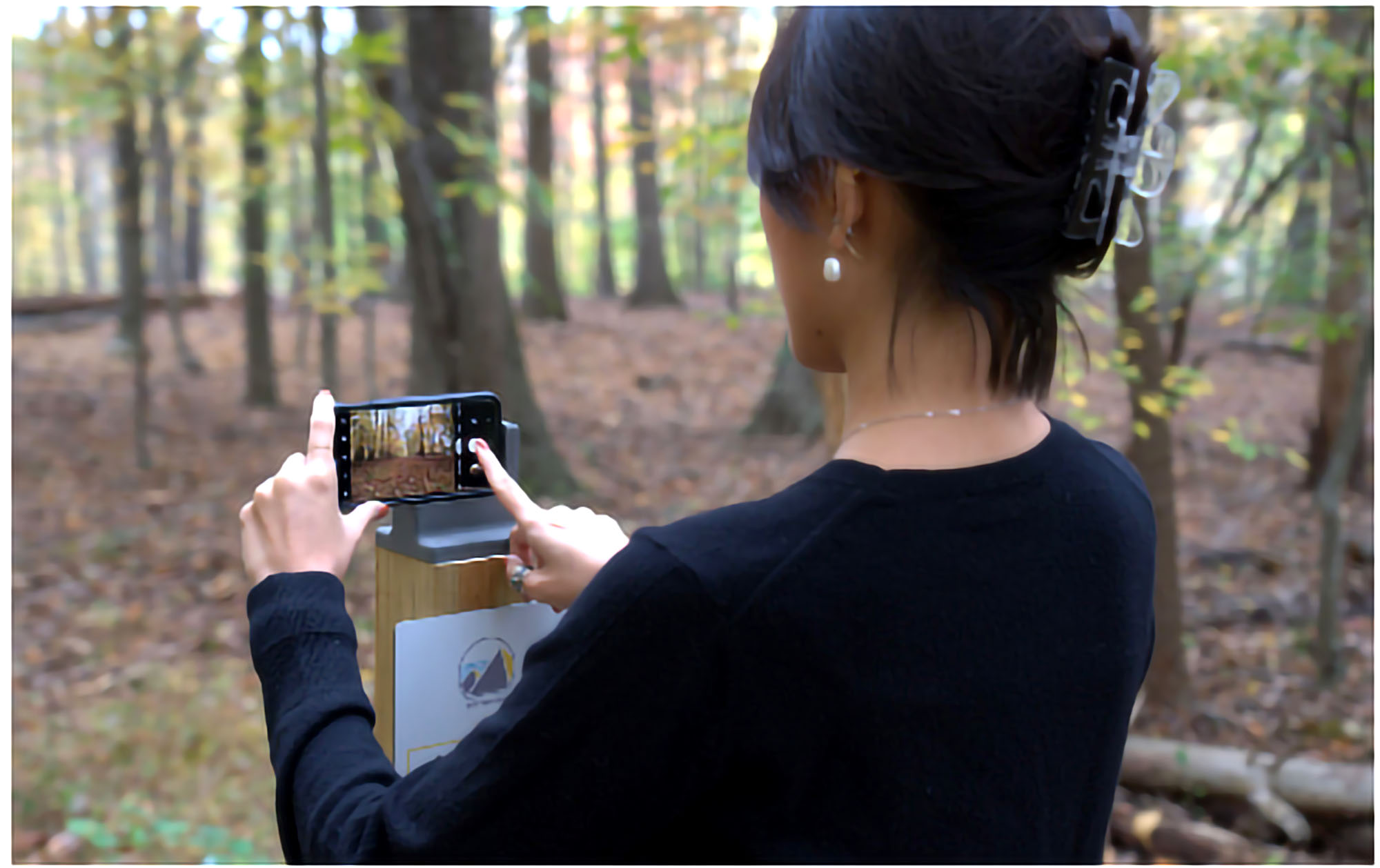
CHRONOLOGY
A citizen science project with the Back Bay National Wildlife Refuge.
Refuge visitors upload photographs from their phones at four designated locations. Photographs contribute to scientific documentation of the refuge habitats. By automatically appearing in time-lapse videos that are available online.
LEARN MOREProjects
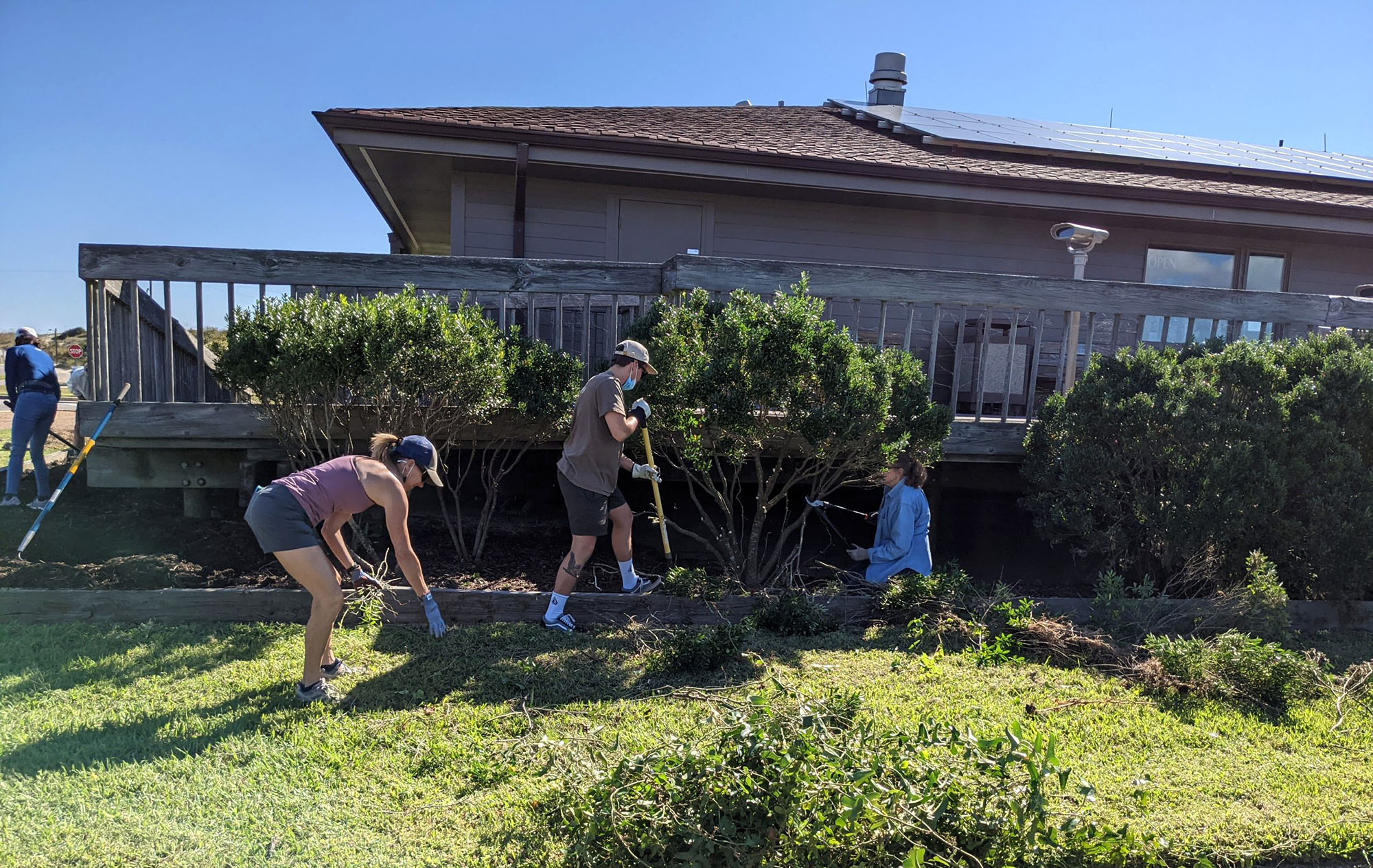
Gardens

Monarch garden a safe habitat for migrating monarch butterflies
Monarch butterflies have suffered a drastic reduction in population in the last 30 years. Some estimates indicate a population decline of 90%. The most common reason cited for this dramatic decline is loss of habitat. Given the success of the pollinator garden and the fact that Back Bay is on the Monarch’s eastern migratory flyway, it was decided to put in a monarch specific garden at the Refuge.

Pollinator & Monarch garden updates

Pollinator garden an aesthetically pleasing addition to the Visitor Center entrance ways
Volunteers removed and pruned old vegetation, cultivated and amended soil, and filled beds with native plants supporting pollinators and wildlife Garden beds are maintained by volunteers throughout the year. Signage and visitor outreach is being planned
LEARN MOREProjects
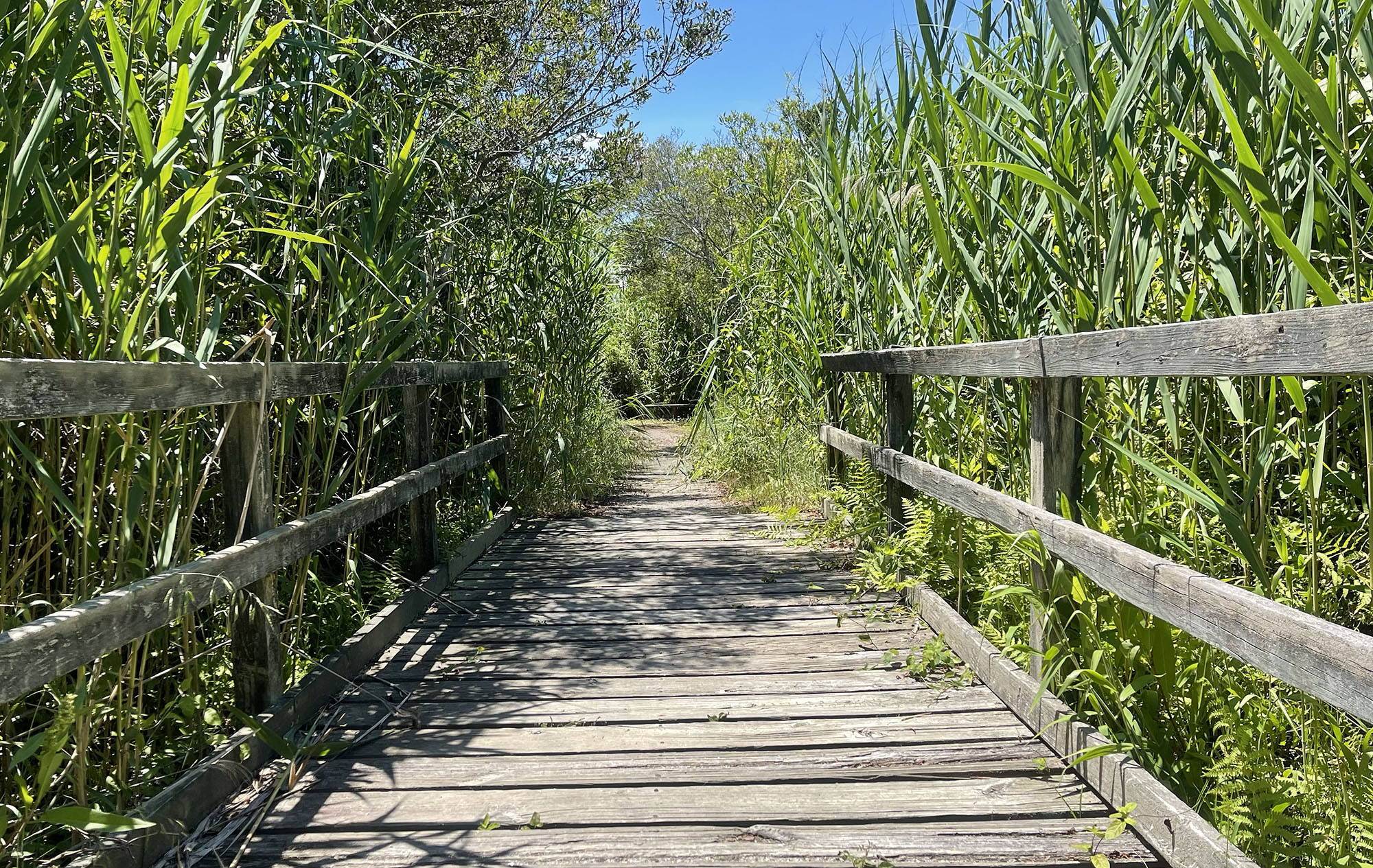
National recreation trails
Back Bay National Wildlife Refuge trails designated National recreation trails
The 2.7 miles of the Back Bay National Wildlife Refuge Trail System consists of seven, interconnected trails that provide opportunities to observe the wildlife and vegetation of the refuge’s seven distinct habitats- ocean, beach, marsh, shrubs, grassland, maritime forest and freshwater bay. Trail surfaces vary from boardwalk, crushed stone, sand and gravel.
LEARN MORE





